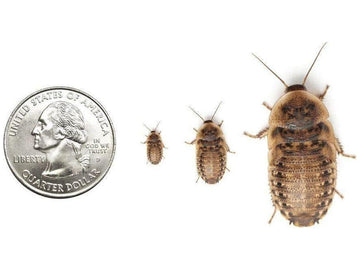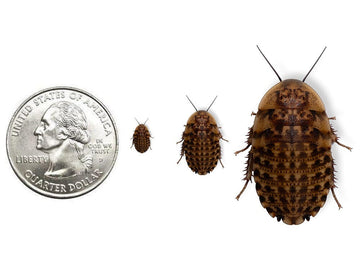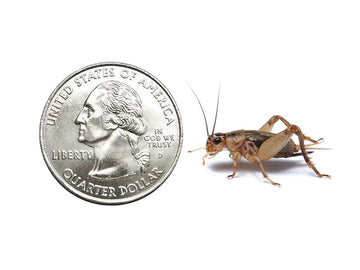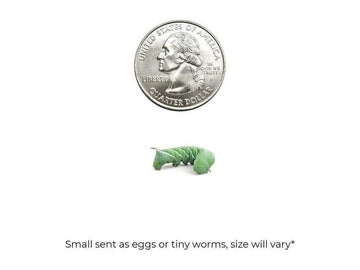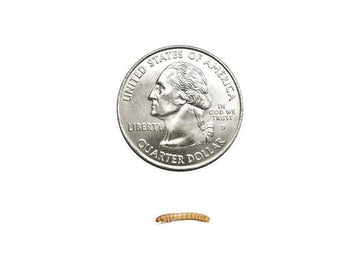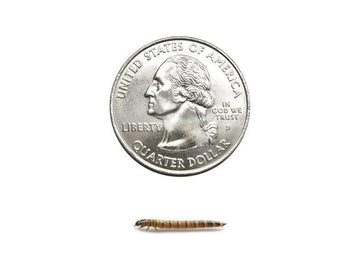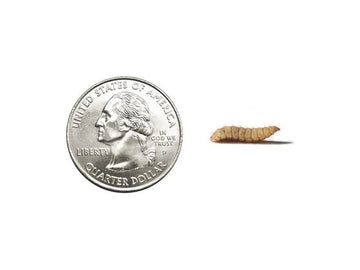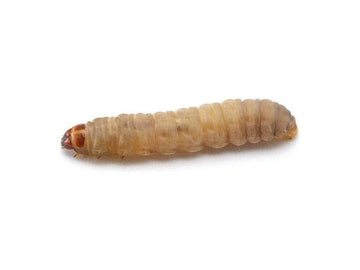Gopher snakes (Pituophis catenifer) are a group of 3.5-7’ long, terrestrial, diurnal snakes native to a large portion of North America. They have adapted to a wide variety of habitats, including woodland, desert, shrubland, prairie, and grassland.
Gopher snakes have long, robust bodies, keeled scales, round pupils, and prominent brow ridges. Color and pattern vary widely based on species, but they often resemble local species of rattlesnakes, and are often mistaken for them.
Gopher snakes make hardy, beginner-level pet reptiles when acquired from a breeder rather than captured from the wild. One of the reasons for this is that wild-caught snakes are more stressed around humans and tend to have a high parasite load. When cared for well, a captive-bred gopher snake may have a lifespan of up to 33 years.
Care requirements for different subspecies of gopher snake will vary slightly, but they’re similar enough that the basics can be covered in a care sheet. We strongly encourage you, however, to do additional research specific to your snake’s particular species.
Minimum terrarium size for gopher snakes
The minimum terrarium size for one gopher snake is 48”L x 24”W x 24”H, although larger is required for particularly large individuals over 6’ long. It’s best to exceed the minimum anyway, as the more room your gopher snake has, the more opportunities it has for thermoregulation, exercise, and exploration. They’re very active snakes!
Cohabitation (keeping multiple gopher snakes in one enclosure) is not recommended.
Do gopher snakes need UVB?
Technically they can survive without it, but we still recommend providing appropriate UVB lighting to gopher snakes. UVB lighting helps provide a clear day/night cycle, provides all of the vitamin D that your pet needs, strengthens the immune system, facilitates better digestion, and other benefits.
These are the best UVB bulbs for gopher snakes:
- Arcadia T5 HO Forest 6%
- Zoo Med T5 HO Reptisun 5.0
For best results, house the UVB bulbs in a reflective fixture such as Arcadia or Vivarium Electronics. Position the lamp on the same side of the terrarium as the heat lamp, 11-13” above the basking surface. And don’t forget to replace your bulb every 12 months!
UVB is blocked by glass and plastic, so placing the terrarium in front of a window doesn’t count as “free UVB” — in fact it can make your terrarium too hot due to the greenhouse effect.
Lights should be on for 14 hours/day during summer and 10 hours/day during winter. For best results, transitions in day length should be accomplished gradually.
Best temperature for gopher snakes
Like other reptiles, gopher snakes are cold-blooded, which means that they rely on external temperatures to manage their own body temperature and metabolism. A reptile’s enclosure should offer a range of temperatures to allow them to thermoregulate effectively.
Gopher snakes should have a basking temperature of around 85°F. On the other side of the enclosure, the temperature should be around 75-85°F. Heating should be turned off at night so the enclosure can cool down. Make sure to measure the temperatures in your enclosure with at least two digital probe thermometers.
Provide heat for your snake with a cluster of at least two halogen flood heat bulbs, placed over the basking area (ex: a piece of flagstone or stone paver). Using multiple heat bulbs allows for more even heating of the snake’s body. Do not use ceramic heat emitters (CHEs), red bulbs, or blue bulbs, as these are not as effective.
Best humidity levels for gopher snakes
Gopher snakes don’t need much in the way of humidity as long as there is a humid retreat available, lined with moistened substrate or sphagnum moss. Humidity should be measured via digital probe hygrometer, with the probe placed in the humid hide so you know when it’s become too dry.
Best substrate for gopher snakes
Providing a thick layer of naturalistic substrate (“bedding”) will help cushion your gopher snake’s body, provides a burrowing medium, maintains correct humidity levels, and also helps make your enclosure more attractive!
We recommend the following substrates for gopher snakes:
- Zoo Med ReptiSand
- Exo Terra Desert Sand
- Zoo Med Aspen Snake Bedding
- Exo Terra Snake Bedding
- Zoo Med Repti Chips
Substrate should be at least 3” deep and completely replaced monthly. Remove poop and urates daily, along with contaminated substrate.
How to decorate a gopher snake terrarium
An empty terrarium makes for a bored snake, reducing its quality of life. Keep your pet entertained and engaged with its environment with the strategic use of décor items that encourage it to exercise natural behaviors!
Here are some ideas for items to add to your gopher snake’s new home:
What to feed to a gopher snake
Gopher snakes are carnivorous, which means that they need to eat whole animal prey in order to get the right nutrition. Here is a basic feeding schedule:
- Babies and juveniles — every 4-7 days
- Adults — every 7-14 days
Prey items should be around 1-1.5x the snake’s width at its widest point. Frozen prey should be thawed in a BPA-free plastic bag in warm water until it reaches ~100°F, then use a pair of soft-tipped feeding tweezers to offer it to your snake. To reduce the chances of substrate ingestion, you can use a paper plate.
One of the keys to great nutrition is variety, so aside from offering mice and rats, you can also try hamsters, gerbils, young guinea pigs, chicks, quail, and whole raw eggs.
Supplements
Gopher snakes can survive without supplementation, but using them every once in a while can help prevent your snake from developing a nutritional deficiency, helping it live healthier. We recommend Repashy Calcium Plus LoD, lightly dusted on the prey item before offering.
Water
Of course, don’t forget a water bowl for your snake to drink from and soak in! Keep the water clean at all times and scrub the bowl with a reptile-safe disinfectant weekly.
How to handle your gopher snake
Reptiles generally don’t appreciate petting and handling in the same way that dogs and cats do. Some gopher snakes don’t mind handling, while others are best left alone. Get to know your individual snake and act accordingly.
When picking up your snake, be gentle and try to pick it up from the side or below rather than from above. Support as much of its body as possible, but don’t squeeze it or restrain it too much - let it move and explore, which helps it stay calm. NEVER pick it up by its tail, as this can damage its spine!
*This care sheet contains only very basic information. Although it’s a good introduction, please further your research with high-quality sources. The more you know, the better you will be able to care for your pet!
"Pituophis catenifer catenifer" by Franco Folini is licensed under CC BY-SA 2.0


